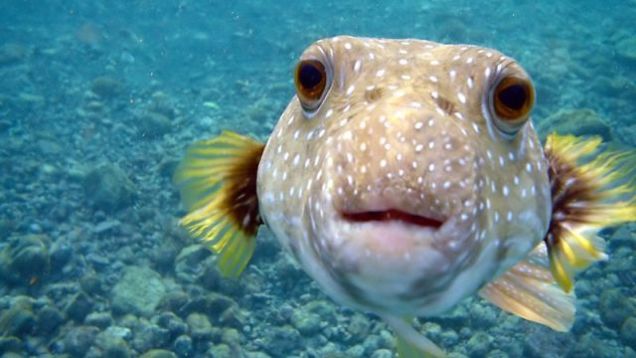
Type of animal science: Systematics (taxonomy)
Fields of study: Anatomy, liminology, marine biology, oceanography, zoology
Bony fishes constitute one of the seven living classes of vertebrates. There are approximately twenty thousand recognized living species, nearly as many as all other vertebrates combined.
The Osteichthyes, or bony fishes, constitute the largest and most diverse of the classes of vertebrates. Like the jawless and cartilaginous fishes, they are characterized by gills, fins, and a dependence on water as a medium in which to live. Unlike those fishes, however, they typically possess a skeleton made of bone. Additional features characteristic of most bony fishes include a lateral line system, scales, osmoregulation (salt balance) by means of salt retention or secretion, and a bony operculum (gill cover) over the gill openings. The fossil record of bony fishes begins nearly 400 million years ago in the early Devonian geological period, mostly in freshwater deposits. Thus there is reason to believe that bony fishes originated in freshwater habitats. Living bony fish species inhabit both freshwater habitats (58 percent of species) and marine habitats (41 percent), and some (1 percent) move between the two environments on a regular basis. This distribution does not reflect the relative proportions of these environments, since 97 percent of the earth's water is in the oceans and only 0.001 percent is in freshwater lakes, rivers, and streams (the rest is ice, groundwater, and atmospheric water). Rather, the high diversity of freshwater species is a reflection of the ease with which freshwater populations become isolated and evolve intonewspecies.
Fish Facts
Ctenoid scales: thin, flat, bony scales with
tiny spines on the exposed rear edge,
found on sunfish, perch, sea bass, and
other advanced teleosts
Cycloid scales: thin, flat bony scales with a
smooth surface; rounded in shape,
found on herrings, minnows, trout, and
other primitive teleosts
Ganoid scales: thick, diamond-shaped,
bony scales that are covered with ganoine,
a hard inorganic substance; found
on bichirs, gars, and other primitive
bony fishes
Osteichthyes: the taxonomic class in
which the bony fishes are placed; contains
species related to the ancestors of
higher vertebrates
Pectoral fins: paired fins found near the
head end of the fish body; related to the
forelimbs of higher vertebrates
Pelvic fins: paired fins found either near
the tail end of the fish body or below the
pectoral fins; related to the hindlimbs of
higher vertebrates
Swim bladder: the hydrostatic (buoyancy)
organ of teleost fishes derived from the
lung of more primitive bony fishes
Teleosts: members of the infraclass Teleostei,
the most advanced of the ray-finned
fishes; they compose the vast majority of
living bony fish species
Other popular Animals
Photo Gallery of - Fish
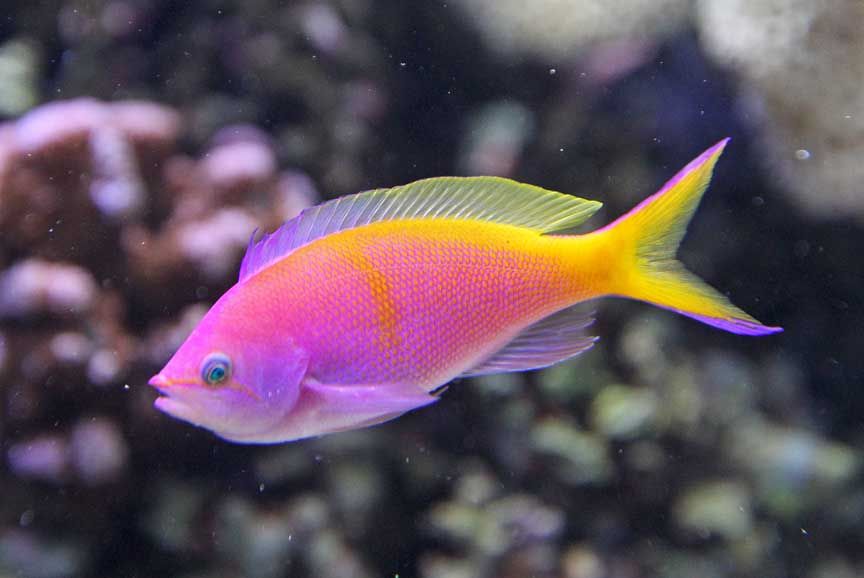
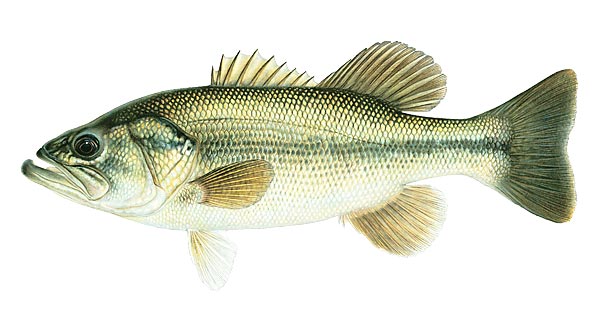
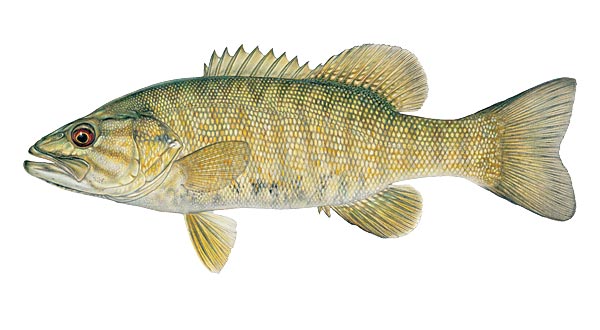
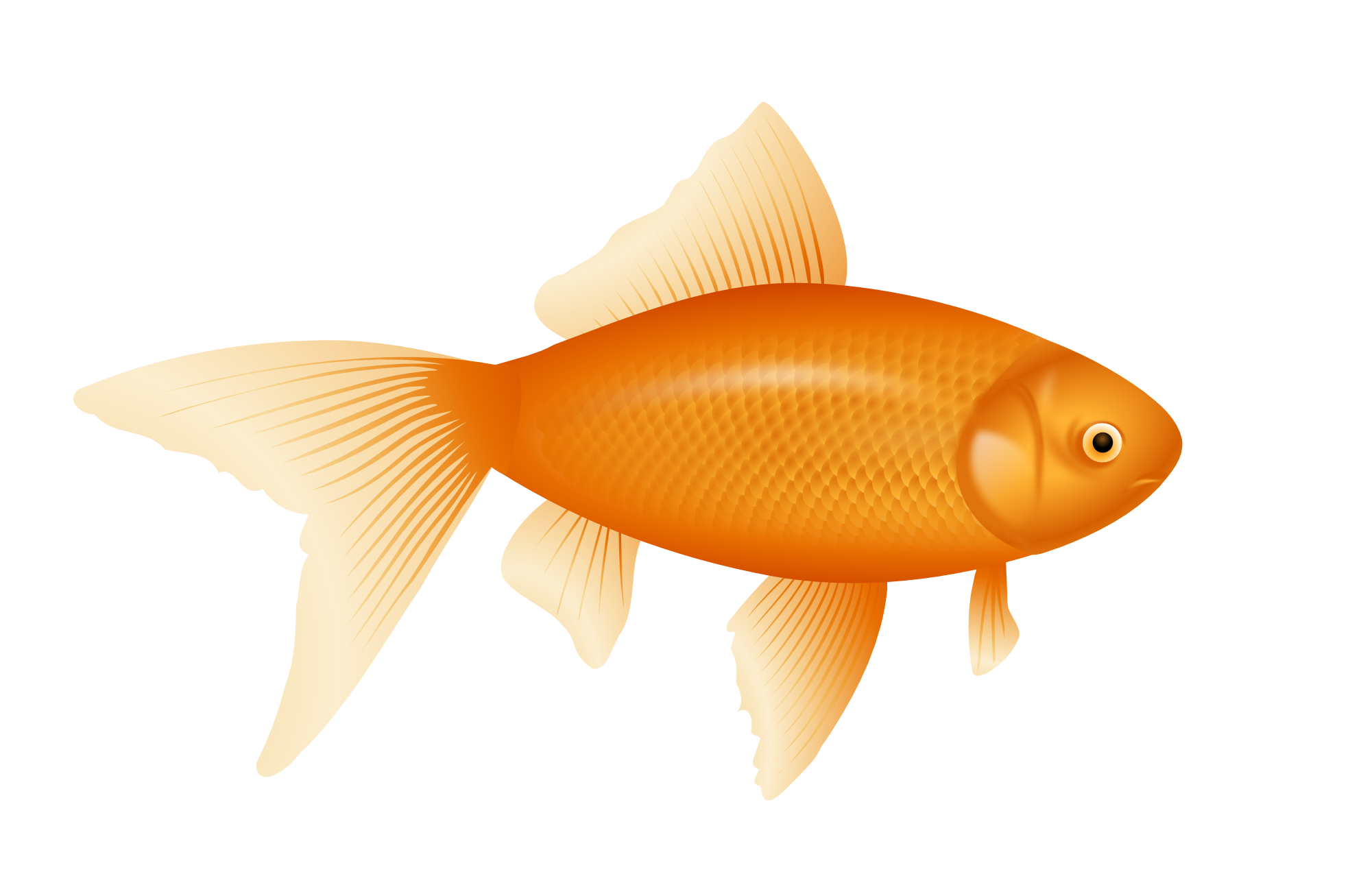
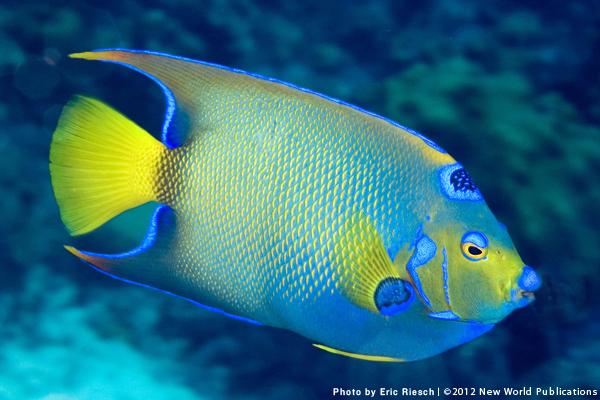
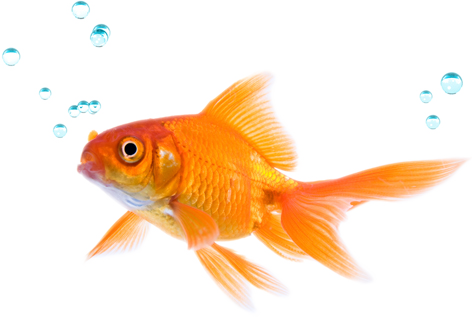
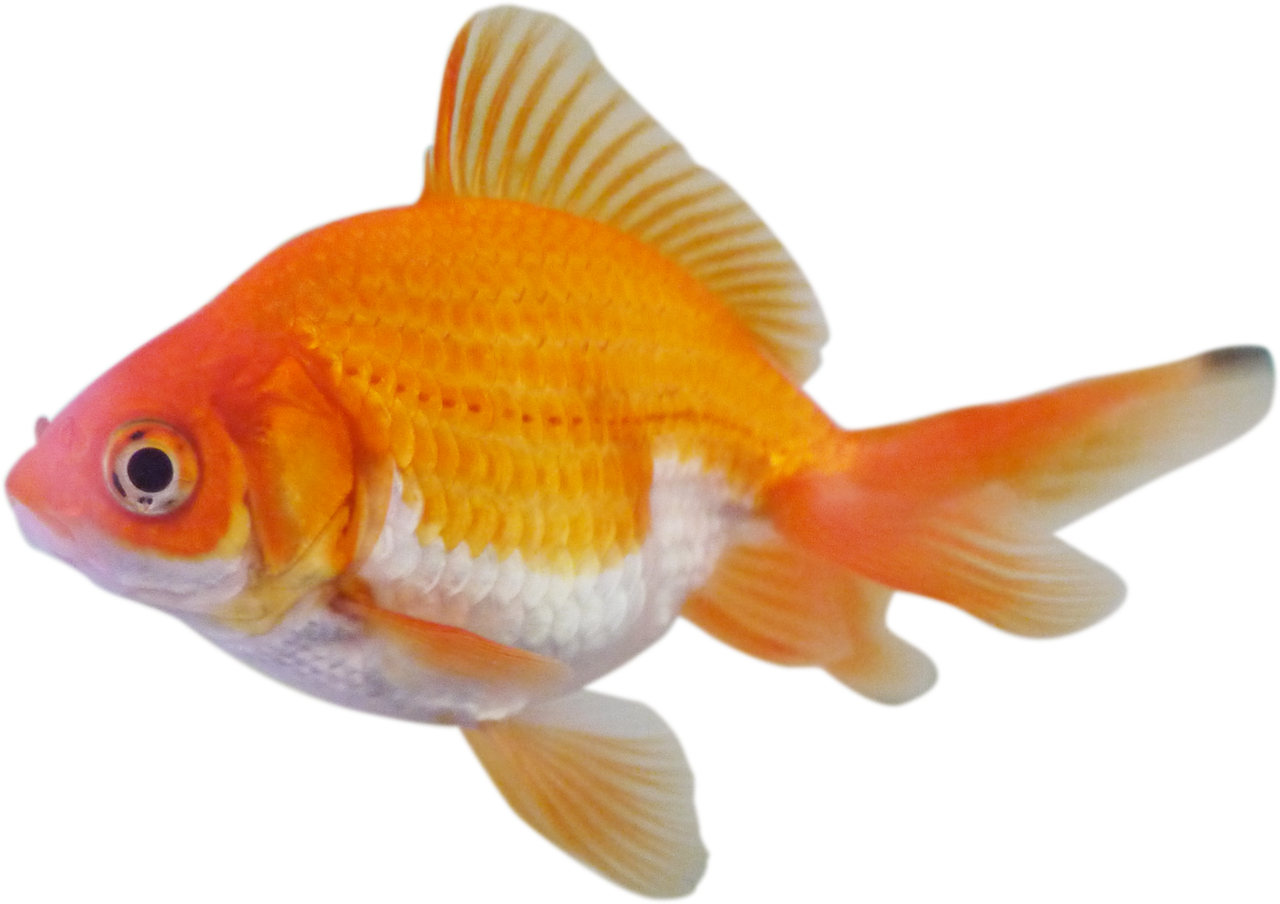
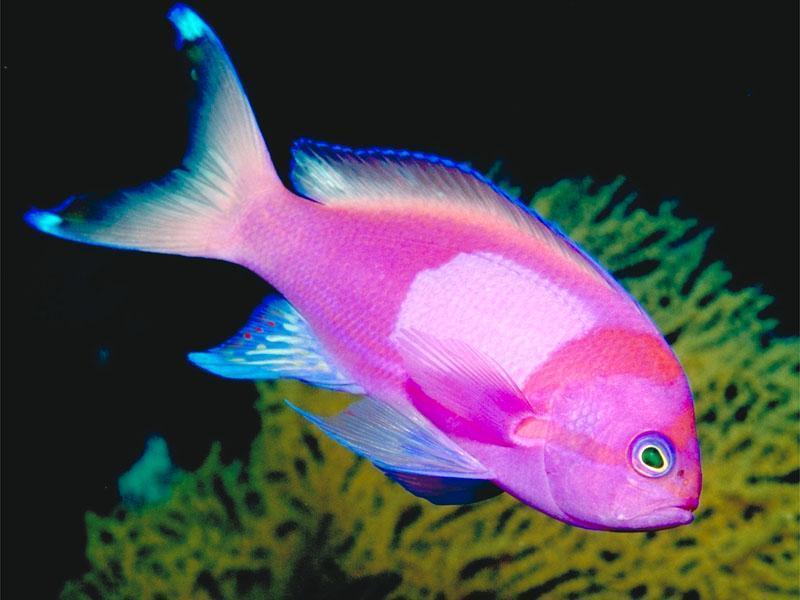
 Animalia Life
Animalia Life